Offshore Wind to Play a Significant Role in California’s Future Energy Supplies
Aggressive planning for support of the offshore wind (OSW) industry continues by the State of California, in coordination with the Department of Interior’s Bureau of Ocean Energy Management (BOEM). We are positioning ourselves at Aspen to provide support for these increased activities. Assembly Bill 525 (AB 525), Investing in Offshore Wind Energy, was signed by the Governor in September 2021 and is intended to jumpstart the state’s OSW energy industry. OSW will provide an essential component of the renewable energy that California needs to meet greenhouse gas reduction goals, as well as generate jobs. The law directed state agencies to prepare a Strategic Plan for development of OSW power to supplement the state’s supply of renewable energy.
Completed by December 31, 2022:
On July 22, 2022, Governor Newsom asked the California Energy Commission (CEC) to establish an OSW planning goal of at least 20 gigawatts (GW) by 2045 and to work with federal agencies to accelerate deployment of OSW. In response, and based on research defined in its August report, Offshore Wind Energy Development off the California Coast, the CEC established a preliminary planning goal of 25 GW by 2045 as being potentially achievable.
In December of 2022, the CEC met two other 2022 requirements defined in AB 525 by publishing the following preliminary reports and held workshops on both topics:
AB 525 Draft Conceptual Permitting Roadmap for Offshore Wind Energy Facilities Originating in Federal Waters off the Coast of California
In addition to working on going at the CEC, the California State Lands Commission (CSLC) is tasked with preparation of the portion of the AB 525 study on improvement of coastal seaports. This work began in 2022 and the conclusions of the first phase of study were presented at a workshop on October 28, 2022.
To be Completed During 2023:
AB 525 requires the CEC, in coordination with other agencies, to develop and publish a Strategic Plan for OSW energy developments installed in federal waters off the California coast by June 30, 2023. The Strategic Plan will build on the 2022 work and will include the following chapters:
Identification of sea space (additional federal waters to place wind turbines to generate 25 GW; BOEM wind areas already leased can accommodate only 4.5 GW)
Economic and workforce development and identification of port space and infrastructure to accommodate OSW development, considering potential port retrofits, compatibility with existing harbor tenants, and consultation with key labor organizations (CSLC manages this component)
Transmission planning (to identify potential transmission solutions for carrying power generated from the coast into California’s existing electric grid)
Permitting roadmap, identifying timeframes and milestones needed for a coordinated and efficient process that facilitates permitting of the multiple agencies with jurisdiction, and builds on consultation with Native American tribes, agencies, and stakeholders
Potential impacts on coastal resources, fisheries, Native American and Indigenous peoples, and national defense, and strategies for addressing those potential impacts.
Concurrent with the development of the Strategic Plan, the CSLC will be initiating the CEQA process for at least one application for construction and operation of an OSW project proposed in state waters (extending from the mean high-tide line out to 3 nautical miles from shore) off of Vandenberg Space Force Base. The CSLC owns and manages the submerged public lands in California so any offshore renewable energy projects or components involving state waters under the Commission’s jurisdiction will require a lease from the Commission.
Aspen Support of Offshore Wind
Aspen currently has two major primary contracts related to offshore wind:
Aspen is the prime contractor for the CEC Planning Support Contract, issued in October 2022, includes substantial support for the AB 525 Strategic Plan and its components.
Aspen is preparing the environmental analysis component of the CLSC’s Strategic Plan section on seaport facilities (as subcontractor to Moffatt & Nichol).


